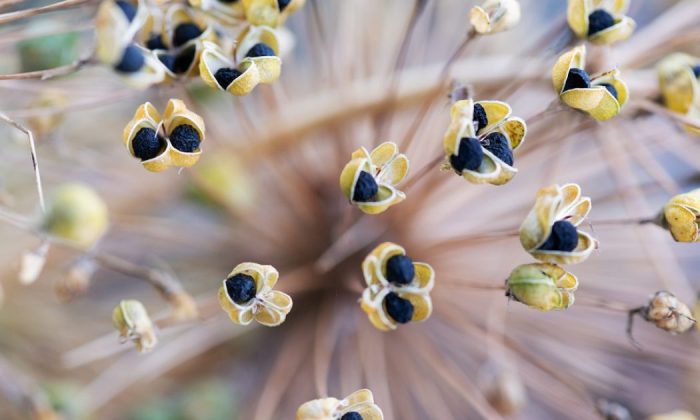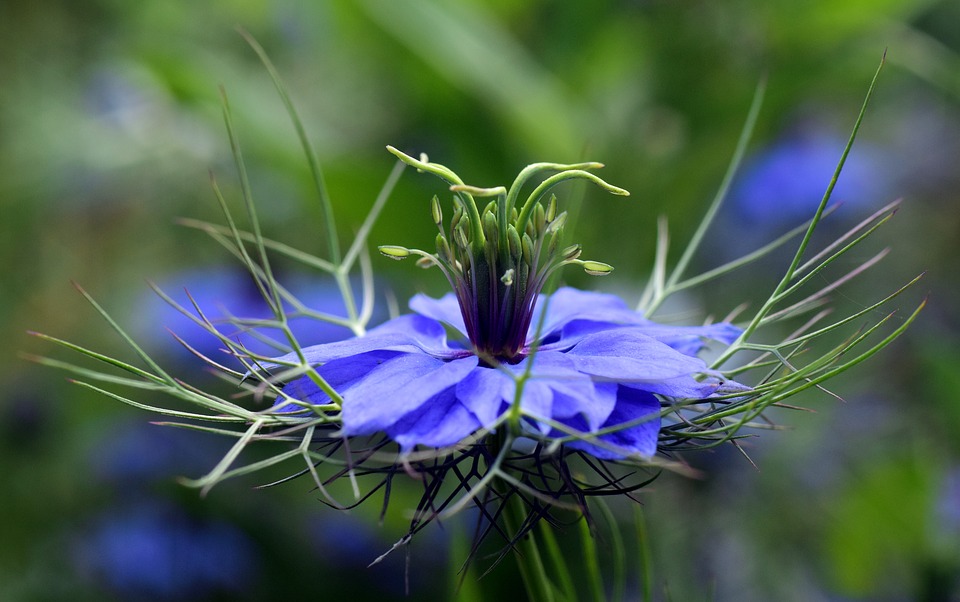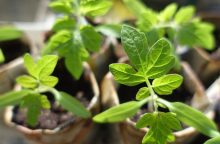Grow black cumin at home

Black cumin (Nigella sativa) is a plant from the Ranunculaceae family. It comes from the Mediterranean region which stretches all the way to India. It is an annual plant that grows quickly and is cultivated mainly for its small black fruits. The plant is remarkable. It has pale blue flowers with many stamens. You can buy it in the form of a dietary supplement or you can grow it yourself.
Fast growing annual
In this part of Europe we grow it especially for its beautiful flowers which can really enhance any garden. Many people make dry bouquets out of it. The plant has black seeds which are edible and offer many health benefits. In March or April you can sow black cumin directly to the ground, but you can also do it much later, but to be able to harvest seeds, the last sowing date should be in June. Individual plants are usually sown at a distance of 10 to 20 cm apart, as they will branch profusely. After only 10 weeks you can enjoy beautiful flowers.
Photo: Pixabay
Site selection
Black cumin loves the sun and heat and it can deal with droughts rather easily. Naturally, it does not like excessive watering so, you should definitely select a well-drained soil. You can propagate black cumin from seeds collected after blooming, or you can even leave it on the plant and it should propagate by itself through self-sowing. Black cumin does not like to be transplanted so, if it appears suddenly somewhere where you don’t want it, you have to remove the plant or simply leave it there. If you want to have a nice area covered with flowers, including black cumin, choose various poppies or evergreen candytuft as they go well together.
Black fruit
When flowers finish blooming, you can collect black cumin seeds, also known as Egyptian black cumin or wild cumin. Black cumin is used as a spice, but also as a folk medicine: people used like cumin seeds for more than 2000 years. You may roast the seeds or use it fresh – as a replacement for pepper or cumin. Seeds are excellent if you want to add flavour to pickled cheeses, breads or salads. You can even add them to various smoothies or jams.
Preview photo: Pixabay

Gardening is my hobby, I have a lot of experience and I am happy to share it.









0 comments